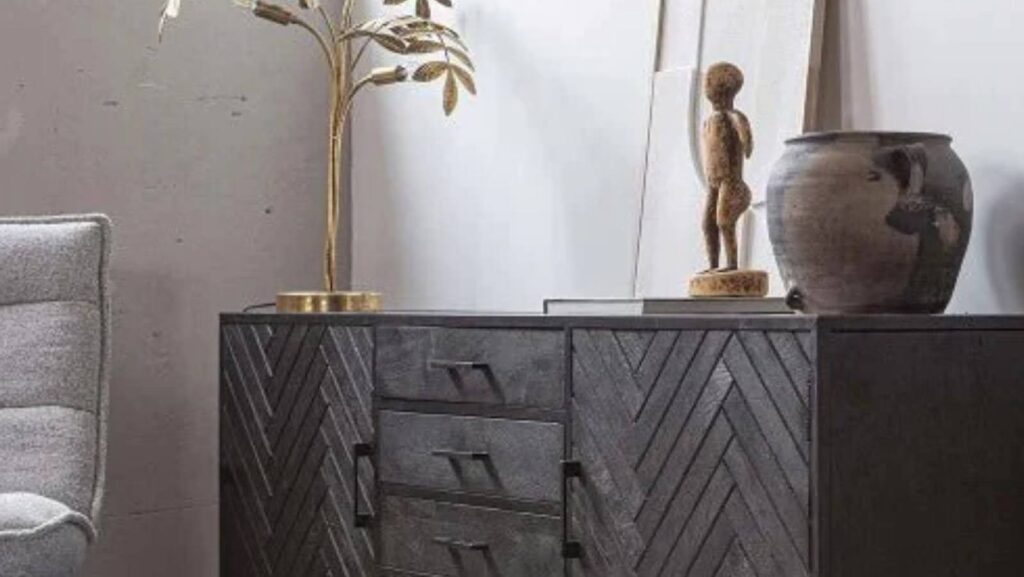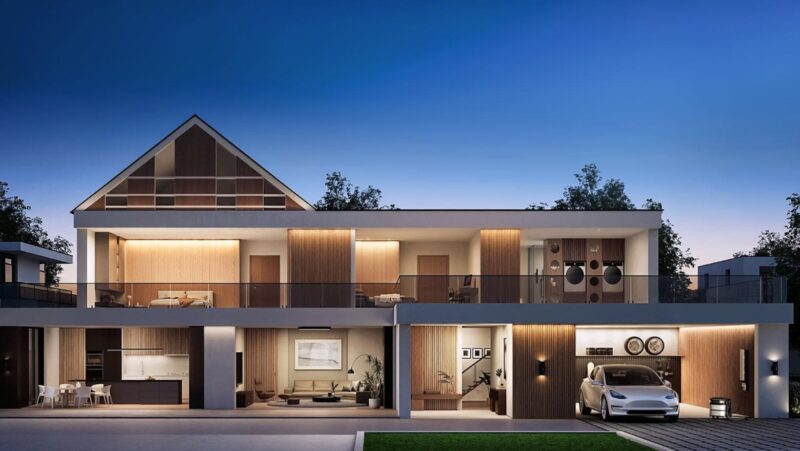
Mango wood furniture is gaining popularity in modern architectural designs due to its unique aesthetic and sustainable qualities. This article delves into the integration of mango wood into contemporary spaces, highlighting its visual appeal and environmental benefits.
The trend of incorporating mango wood furniture into modern architecture is on the rise. As an architect, you might be exploring how sustainable materials like mangoholz can enhance both the aesthetics and functionality of your designs. Mango wood is particularly valued for its distinctive grain patterns and durability. By integrating such materials, you contribute to environmentally responsible building practices while creating visually appealing spaces that stand out in contemporary architecture.
The Unique Aesthetic of Mango Wood
Mango wood brings a distinct warmth and texture to contemporary spaces that few other materials can match. Whether you are designing a residential or commercial project, the inclusion of mango wood can transform a stark environment into a welcoming one. The grain patterns and earthy tones offer an inviting atmosphere that complements minimalist designs, making them feel less sterile and more approachable.
Mango wood can serve as a striking focal point in your projects, drawing attention without overwhelming the senses. In open-plan spaces, mango wood furniture or panels can subtly demarcate areas while maintaining an open flow. The versatility of mango wood allows it to harmonize with other materials like metal and glass, enhancing the overall aesthetic with its natural beauty.
Moreover, mango wood’s inherent qualities make it an excellent choice for architects aiming to create sustainable and beautiful designs. Its ability to age gracefully adds character over time, ensuring that your projects remain visually appealing long after completion. When selecting mango wood for your projects, consider its origin to ensure it aligns with eco-friendly building practices.
Sustainability of Mango Wood in Architecture
Sustainability has become a cornerstone in modern architecture, reflecting a shift towards more responsible building practices. As an architect, using responsibly sourced mango wood contributes significantly to this movement. By choosing materials from certified sustainable sources, you ensure that your projects minimize environmental impact while supporting conservation efforts.
Incorporating sustainable materials like mango wood also aligns with increasing consumer demand for eco-friendly living spaces. Clients are more conscious than ever about the environmental footprint of their homes and workplaces, making sustainability a key selling point in architectural design. Using renewable resources not only benefits the planet but also enhances the marketability of your projects.
Moreover, sustainable building practices often result in healthier indoor environments. Mango wood’s natural properties help regulate humidity and improve air quality, offering additional benefits beyond aesthetics. As you incorporate these materials into your designs, you contribute to creating spaces that are not only beautiful but also promote well-being.
Practical Integration of Mango Wood Furniture
Integrating mango wood furniture into modern architectural designs requires thoughtful planning and execution. Start by identifying key areas where mango wood can enhance both function and form. For instance, wooden feature walls or ceilings can add depth and interest without overwhelming the space. In smaller areas, consider using accents like a mangoholz sideboard schwarz to introduce texture and warmth.
Utilizing mango wood effectively involves balancing it with other materials to maintain a cohesive design language. Pairing mango wood with neutral colors and sleek finishes creates a modern yet timeless look that appeals to diverse tastes. Additionally, incorporating innovative joinery techniques can showcase craftsmanship while reinforcing structural integrity.

As you plan your next project, consider visiting exhibitions or consulting with suppliers specializing in mango wood products. These resources offer valuable insights into the latest trends and techniques for using mango wood creatively within contemporary architecture. By staying informed about new developments, you ensure that your designs remain cutting-edge and relevant.
Adapting Mango Wood for Various Styles
Mango wood’s adaptability makes it suitable for various architectural styles, from minimalist to rustic designs. Its versatility allows it to seamlessly blend into different aesthetics while maintaining its distinct character. For example, in minimalist settings, clean-lined mango wood furniture can complement the simplicity of the design without adding clutter.
In more traditional or rustic styles, exposed mango wood beams or reclaimed wood features add authenticity and charm. These elements can evoke a sense of history and continuity within modern structures, providing a bridge between past and present architectural philosophies.
The flexibility of mango wood also extends to its application in both residential and commercial spaces. Whether you are designing homes or offices, incorporating mango wood can elevate the ambiance by adding warmth and elegance. By understanding how different styles utilize mango wood, you can tailor your approach to meet specific design objectives effectively.












